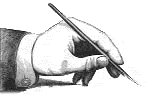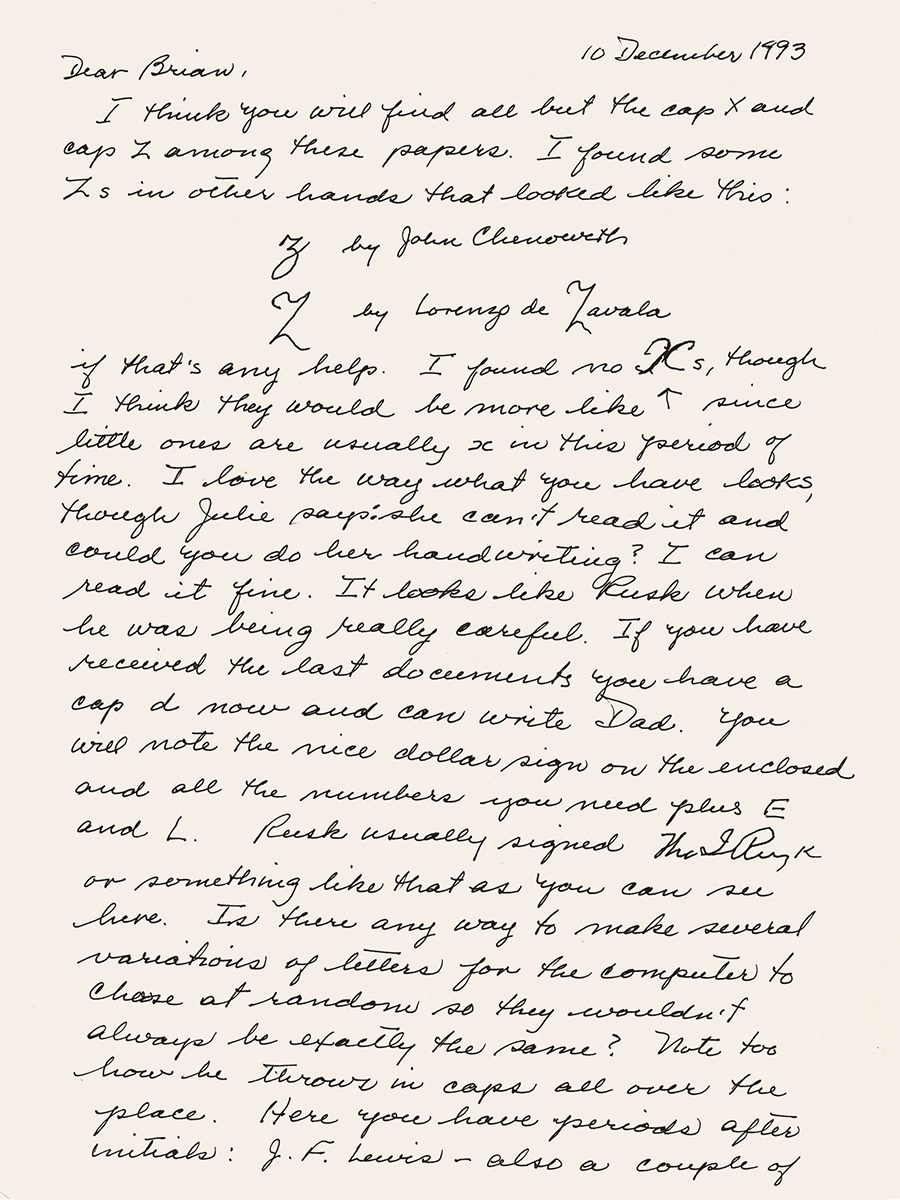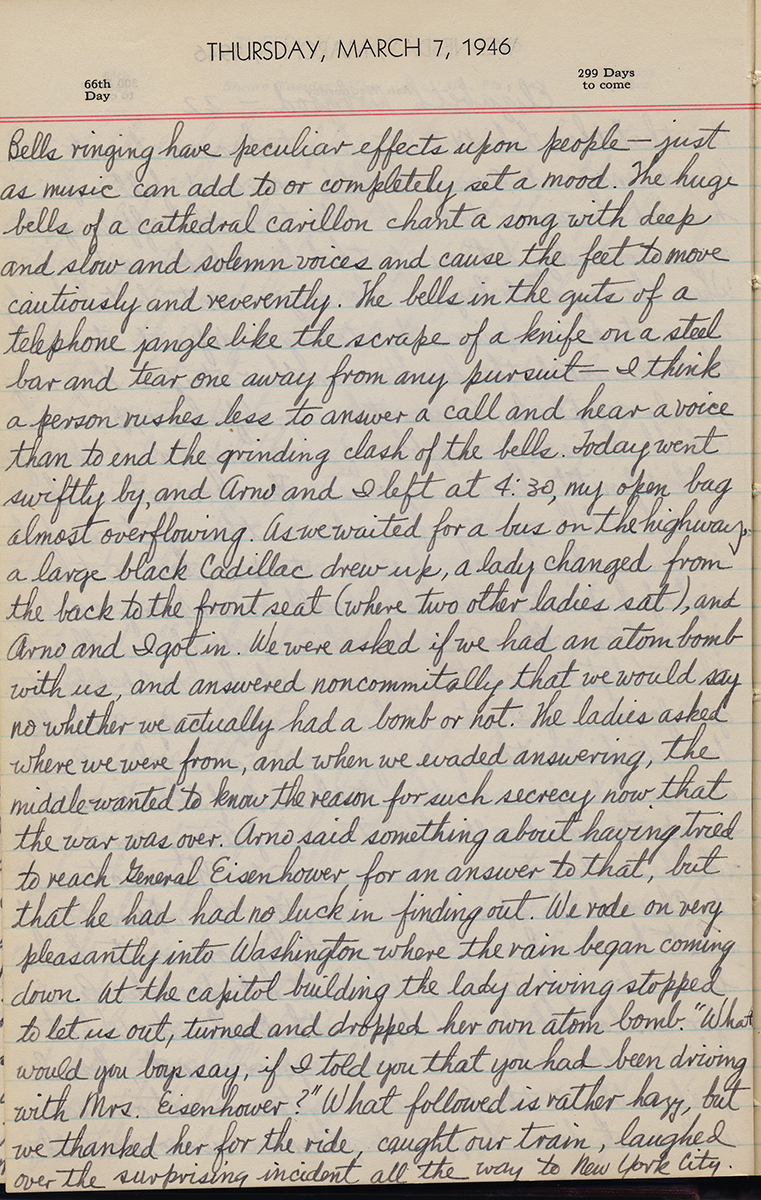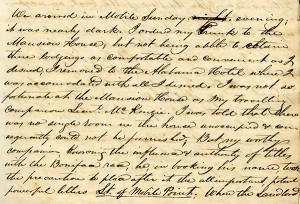 |
 |
 |
 |
|
|
 |
 |
 |
 |
 |
 |
 |
 |
 |
|
|
 |
 |
 |
 |
 |
 |
 |
 |
 |
 |
 |
 |
 |
 |
 |
 |
|
|
 |
 |
 |
 |
 |
 |
|
|
 |
The text face used here (as well as elsewhere) is Broadsheet™. The home page letters are set in Emily Austin™ & Lamar Pen™. All typefaces referenced on this website— Abigail Adams™, American Scribe™, Antiquarian™, Antiquarian Scribe™, Attic Antique™, Austin Pen™, Bonhomme Richard™, Bonsai™, Botanical Scribe™, Broadsheet™, Castine™, Douglass Pen™, Emily Austin™, Geographica™, Geographica Hand™, Geographica Script™, Houston Pen™, Lamar Pen™, Military Scribe™, Old Man Eloquent™, Remsen Script™, Schooner Script™, Terra Ignota™ & Texas Hero™ (as well as all other fonts in the Handwritten History™ Bundle)—are the intellectual property of Three Islands Press (copyright ©1994–2015). For site licensing contact: Three Islands Press P.O. Box 1092 Rockport ME 04856 USA (207) 596-6768 info@oldfonts.com |
|
|
|
 |
 |
 |
|
|
 |
 |
 |
|
Posts Tagged ‘cursive script’
Sunday, February 11th, 2018
 Page of a letter from my ma. For decades I’ve ranked typing as the most useful class I took back in high school. I hated showing up for this particular summer school elective, my story goes, but by the end of the class I could type 40 words a minute. It was like magic. And now I can type 100.
Well, lately I’ve begun to regret my supreme keyboarding skills.
It took a good while to sink in. But just the other day, during my morning hike with Jack, my dog, the true ramifications hit me. Having somehow reached Retirement Age, I’d been ruminating on the written materials I’ve produced over the past 40 or 50 years, both personal and professional. And it occurred to me that—for the past 30 of those years, anyway—nearly all endure as but flimsy digital words. Many thousands of email messages, hundreds of letters in Microsoft Word, text files cram-packed with thoughts and notes and reflections. Intangible, ethereal. All stored, like thoughts, in memory.
 A page from my dad’s Army diary. Even the drafts and revisions of books I’ve authored abide only in digital form.
These things I’ve written exist on various hard drives, in cloud storage—even a few old Zip drives. Remember floppies? SyQuest disks? I’ve got a few of those squirreled away in boxes somewhere.
Projecting time forward a generation or two, I realized that the chances any of my stuff will stick around long enough to find its way into a historical museum somewhere (not that it should) are paper thin. Because none of it’s on paper. And the only way to get it there is to find a way to translate all those 1s and 0s into computer text and print it out. In any old font you want.
Boooring.
But project time backward a couple generations and, and you’ll find journals and notebooks and postcards and stationery filled with handwritten words. Whether cursive or printing, neat or sloppy, slanted this way or that—each style reflects the unique hand of its author. And none of it was put down at 100 words a minute.
 Card from my grandparents to my great-grandparents. I have handwritten letters from my mother, diaries written by my father, postcards from my grandparents. I recognize their familiar cursive styles on envelopes, on the backs of old photos—photos developed in a darkroom, I mean. There’s probably even an old handwritten recipe collection somewhere.
Yet where does my penmanship appear? On a few old love letters and poems perhaps, in a couple or three decades-old notebooks.
On that hike the other day I decided to pick up a pen more often, to write lists and notes, cards and letters, maybe even fill a notebook. My hand might not be practiced, or cursive, or neat. It might take me a while to get over the hand-cramp. But I expect it’ll mean more to the future reader than a bunch of digital words set in, say, Comic Sans.
Miscellanea
» See? “[A]ll that will be remembered of them is what they typed on a piece of paper from a computer.”
» Turns out this gang of fourth graders are diggin’ cursive these days.
» Some might even (like me!) become experts on deciphering old penmanship.
» The uniqueness of individual handwriting makes the news again (Roy Moore).
» Random aside: There’s actually a bull named “Penmanship.”
» And, hey, with Valentine’s Day coming, maybe it’s time to write a love letter—by hand.
Tags: cursive script, diaries, ephemeral words, flimsy digital words, handwriting, handwriting in schools, handwritten letters, historical preservation, journals, keyboarding, legibility, letter-writing, notebook, penmanship, personality, poor penmanship, texting, transitory text, typing
Posted in 20th Century, Communication, Cursive, Education, Literacy, Longhand, News, Old Letters, Penmanship, Ruminations | No Comments »
Monday, March 6th, 2017
Are cries of “long live longhand!” being heard? Although I don’t dare declare it so—it’s starting to seem that reports of cursive’s demise are premature.
I am remiss, meanwhile, for not having at least dashed off a little update here on The Penman over the past few months. Instead, I had my head down, working to finish our latest font, Geographica Script, a replication of 18th century roundhand. The task of type design is, for me, a matter of sustained fixation—so many tiny tasks to complete over the course of hours, days, weeks, and (in this case) months. When it comes to font work, I just dive in and go.
Perhaps it’s because elsewhere in my life I tend to procrastinate.
But the font is done, and delivered to distributors, and now’s a good time to sit back and ruminate over my odd mission to preserve and make accessible old penmanship styles. It’s a mission I question often. (Is my work in fact having the opposite effect?) But when an early licensee of Geographica Script mentioned his reason for ordering—he’s up in his 70s, has missed the days of longhand, and wants to ensure that his grandchildren can read and appreciate a cursive hand—I remembered one reason I’ve been keeping the discussion alive.
That’s when I ventured a quick scan of recent online mentions of penmanship and handwriting. Lo, there’s been a shift—and the news is encouraging.
For one thing, schools in a few U.S. states have begun requiring handwriting instruction again, instruction not required by the Common Core Standards adopted in 2010. A state rep in Ohio has recently introduced a bill to require students to be proficient in cursive by fifth grade. Arizona has similar legislation on the books already. Louisiana has also begun learn cursive from third through twelfth grade. Education officials in New York City, meantime, are distributing handbooks on handwriting instruction to schools—which have the final say on whether to teach it.
 Google image search for “old letters.” And support for a revival isn’t just coming from older folks lamenting how things used to be. A younger, online crowd is showing an interest in the “ancient” art of hand-lettering. Just google “old letters,” and you’ll get more than 300 million results, and scores of lovely images of vintage script. Ironically, it seems, easy new imaging technology is managing to preserve—perhaps even popularize—that old outdated longhand.
Current typographic trends also show a fascination with loopy cursives. Just check a graphic design site or two, and you’ll see what I mean. Never mind the science that describes cognitive benefits from manipulating pens and pencils—and their tendency to slow you down.
Of course, it’s never wise to underestimate the lament of a grandparent. Nor is it a bad idea to make sure new generations can still read their ancestors’ letters—or even becoming adept at writing that way.
 Examples of Library Hand. Cataloguers’ Hand
One interesting historical handwriting relic I stumbled over the other day is Library Hand, a style of lettering developed in the late 19th century expressly for card catalogs. At a four-day gathering in 1887, librarians and “cataloguers” sought to standardize what at the time were wildly varying writing styles—not all of them legible.
(“The handwriting of the old-fashioned writing master is quite as illegible as that of the most illiterate boor,” this article in Atlas Obscura quotes from a New York Library School handbook.)
Both near-typewritten and “joined-hand” styles emerged from the 1887 meeting, each painstakingly, nitpickingly standardized. Eventually, of course, typewritten cards took hold—and more recently card catalogs have more or less completely vanished. Lucky for us, reproductions of Library Hand were saved.
Miscellanea
» Praise of the good ol’ handwritten letter (a powerful gesture).
» Another feature of handwriting (as I’ve mentioned here): it can help diagnose illness.
» Of course it can also shed light on the personality of, let’s say, the POTUS.
» Robots are even trying their mechanical hand at, well, handwriting (good luck with that).
» With longhand making something of a comeback, how will you do in this cursive quiz?
Tags: Arizona, cursive, cursive in schools, cursive instruction, cursive script, cursive writing, Geographica Script, handwriting, handwriting instruction, handwritten letters, historical, library hand, longhand, longhand resurgence, Louisiana, New York schools, Ohio, old handwriting, old letters, pen, pencil, penmanship, Professor font, teaching cursive
Posted in 1700s, 19th Century, 20th Century, Communication, Cursive, Education, History, Literacy, Longhand, News, Old Letters, Penmanship, Round Hand, Ruminations, Science | No Comments »
Sunday, June 5th, 2016
 Old Dutch and Malabar scripts. I have in my possession a book published in Amsterdam in 1672. Its author is Philippus Baldaeus, a Dutch Calvinist missionary, and my copy is written predominantly in German. It’s a big book, whose title (translated into English) is A True detailed description of the famous East Indian Coasts of Malabar and Coromandel, and the island of Ceylon.
Baldaeus accompanied Dutch invaders to southern India and Sri Lanka and came back with a tale to tell. This volume—which my father (Germanic languages professor and literary translator A. Leslie Willson) used in researching a book of his own*—has a number of magnificent plates and a series of pages showing samples of the glyphs and letterforms then used in the ancient written language of the residents of Malabar.
 Egyptian hieroglyphs (the British Museum). The scripts are truly beautiful—both the exotic Brahmic glyphs of Malabar and the looping Dutch script that accompanies it. And they serve as just one example of handwriting as art.
The earliest writers of course used pictographs, then hieroglyphs (pictures representing sounds), which could certainly be considered art. As might the illuminated manuscripts created by Medieval scribes—but that’s not what I mean. I mean handwritten symbols, Latin and otherwise, whose shapes or execution or both represent art in a fundamental way.
 Zapfino specimen. By its very definition, calligraphy is a fine example. The pleasing, expressive sweeps of a calligrapher’s brush or pen can be admired for long moments, can conjure up moods or memories or magic. Calligraphy spans multiple language systems and cultures. In fact, some of the most popular fonts these days are essentially digitized calligraphy—from Zapfino, by late master type designer Hermann Zapf, to the work of contemporary lettering artist Laura Worthington.
Sign painters, poster designers, and graffiti artists also qualify—their hand-rendered letters and words are an unquestionably sincere form of accessible artistic expression. (I’ve received some wonderfully illustrated envelopes from such folks, which I have displayed prominently here and there.)
 Detail from Mirabeau B. Lamar’s journal. But leave it to me to carry the handwriting-as-art concept into an even broader realm: the shared experience of people who have written (and, in declining numbers, still write) routinely by hand. Those who have unique or fancy signatures, or who add special little extra loops or curls or flourishes to their regular script (or printing), or who take secret pride in the shapes of their Ps and Qs.
I have a strong appreciation for this kind of handwriting artist’s work. I know it when I see it. I’ve seen it amid the source materials for the pen fonts I’ve made of the scripts of historical Texans—the sweep of the D of Mirabeau Lamar (Lamar Pen), the little vertical cross Emily Austin Perry added to her H (Emily Austin), Sam Houston’s inimitable signature (Houston Pen). Another such font I’ve got cookin’ in the oven adds an interesting twist: the script in Stephen F. Austin’s prison diary, originally written in pencil, was later traced in ink by his nephew, Moses Austin Bryan (Emily’s son).
 Detail from Stephen F. Austin’s prison diary. You’ve seen it, too, in the handwriting of certain friends or relatives. Perhaps they heard early on how neat their cursive was, so they took pains to make it more evocative. Perhaps they’re visual artists by nature, and it also carries over onto their notepads. Even sloppy scribblers have quirks curious and endearing. Witness the little crosses on the Zs of Viktorie.
Without question hand-done lettering communicates far more than mere words and sentences—e.g., the mind, age, mood, or proclivities of the writer. Perhaps, in this sort of innate expressiveness, all handwriting might stand as a form of art.
Note: If you know of an example of some particularly artistic penmanship, I’d love it if you’d comment with a link.
*A Mythical Image: The Ideal of India in German Romanticism (Duke University Press, 1964).
Miscellanea
» Award-winning penmanship doesn’t necessarily have anything to do with hands.
» And while were on the subject, here’s another young handwriting champion. Can there be hope for penmanship?
» Perhaps not, as some are editorializing against cursive requirement in schools.
» Meanwhile, archaeologists have uncovered 2,000-year-old handwritten documents in the London mud.
Tags: 18th century handwriting, antique penmanship, calligraphy, cursive script, embellished scripts, Emily Austin font, handwriting as art, hieroglyphs, Houston Pen font, illuminated manuscripts, Lamar Pen font, Leslie willson, neat handwriting messy handwriting, old Dutch script, old handwriting, old Malabar script, petroglyphs, Philippus Baldaeus, pictographs, Texas history, Viktorie font
Posted in Cursive, Graphology, History, Old Letters, Paleography, Penmanship, Ruminations, Specimens | No Comments »
|
|
|
 |
|
 |
|
 |
 |